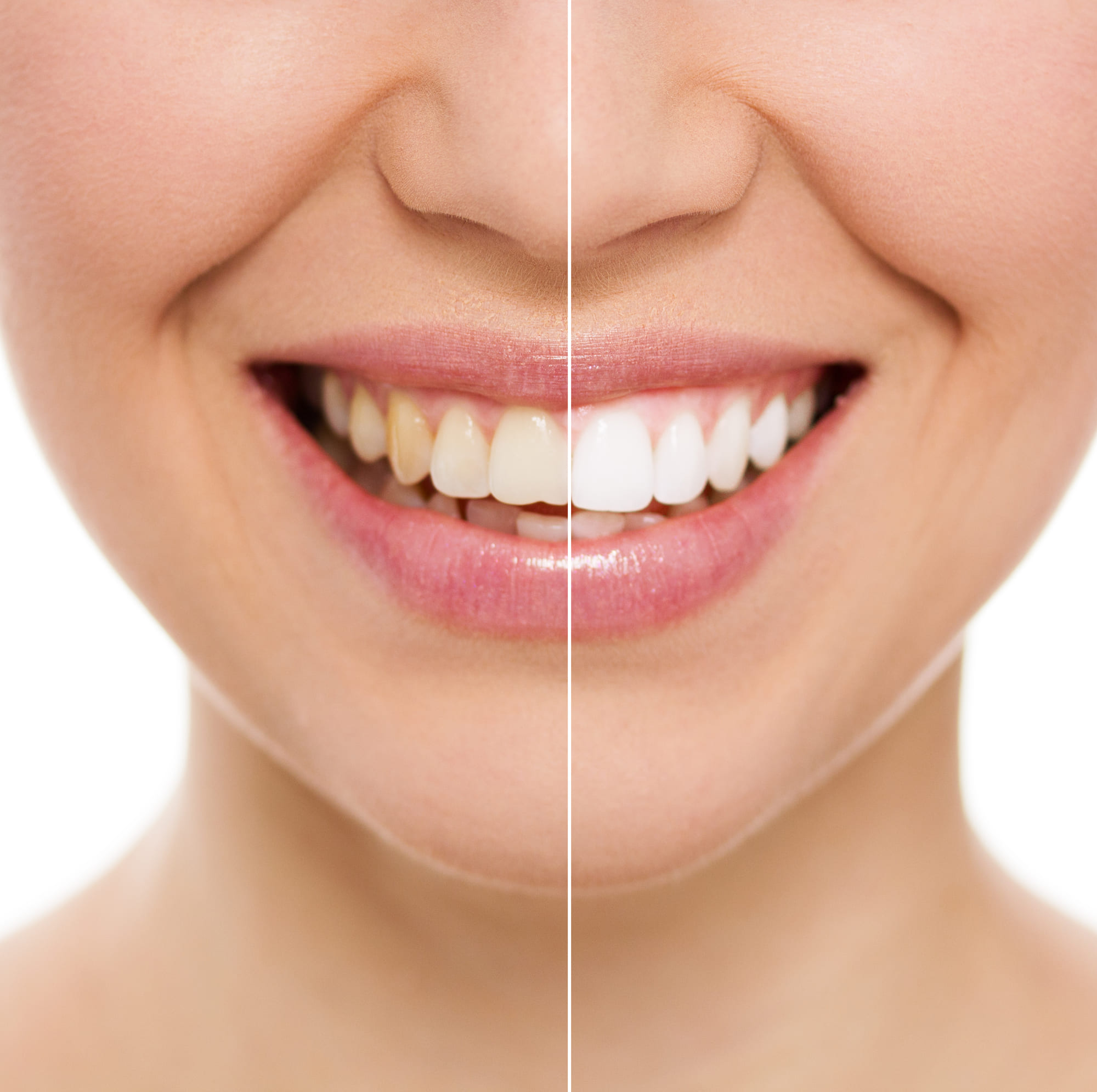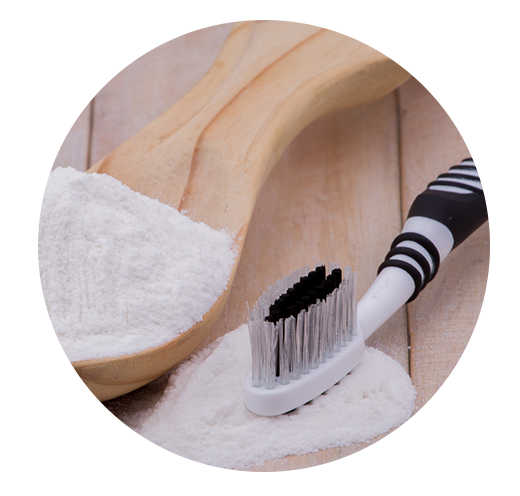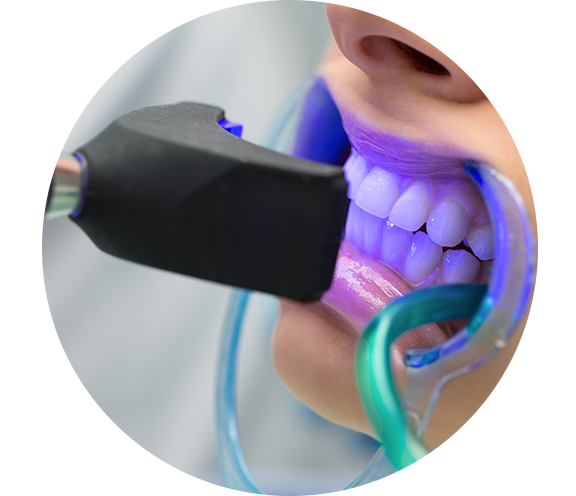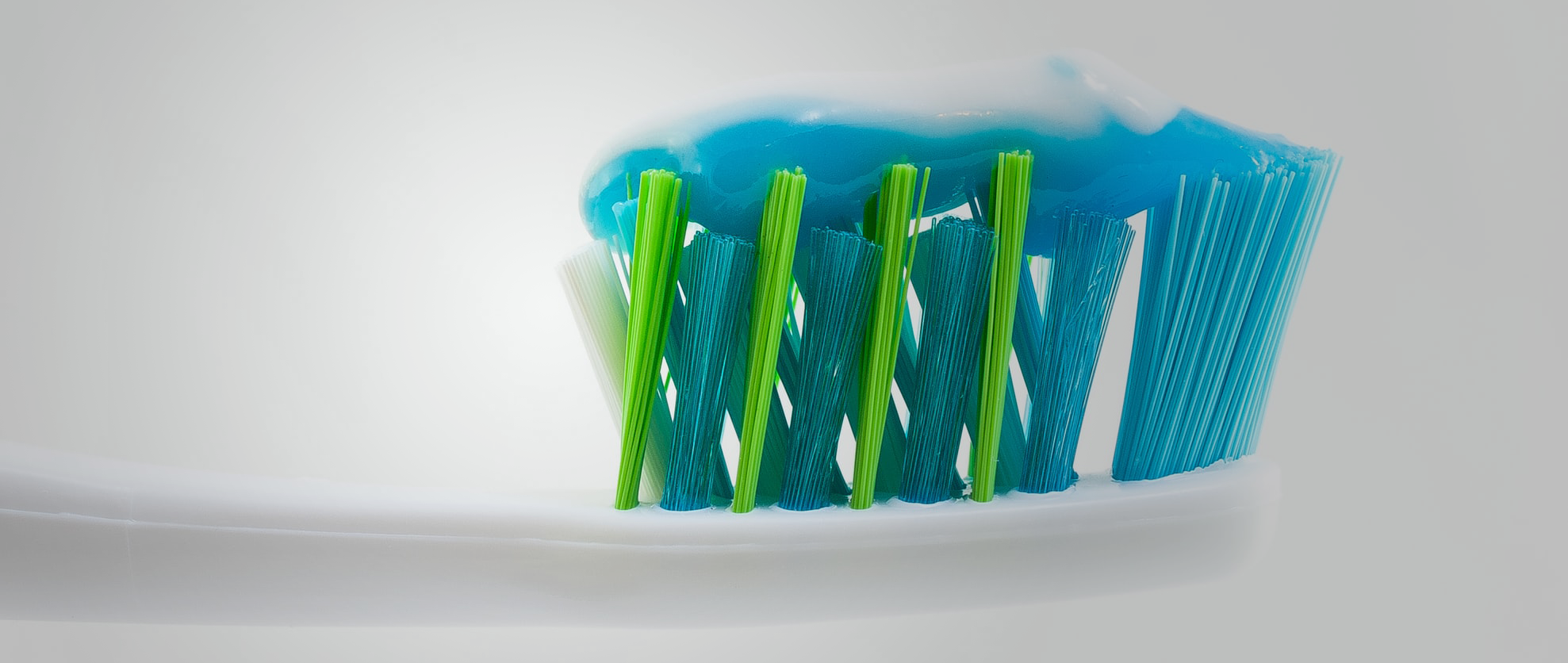Do Whitening Strips Work?
Feb 13, 2023

Teeth whitening is a $3.2 billion dollar industry. Bright, white smiles are desired by the great majority, leaving the average person scrambling for an easy solution. But even though whitening strips are advertised as the solution you’ve been missing, it doesn’t mean they’re a great fit for your mouth.
Teeth whitening strips will have varying results on your teeth based on the percentage of peroxide in its ingredients. At-home whitening strips can potentially cause gum irritation and tooth sensitivity. This makes alternatives, like natural remedies and treatments provided by a dentist, attractive options.
How Whitening Strips Whiten Teeth:

Whitening strips can whiten teeth. But now that we have that question out of the way, it’s time we explain how whitening strips accomplish this.
The strips are lined with hydrogen peroxide or carbamide peroxide, that when held against the teeth after application, can work into the staining to create a whiter appearance. What these peroxides do is essentially eliminate the organic molecules responsible for yellowing.
There are two types of teeth stainings: extrinsic and intrinsic. These types affect the way whitening agents will interact with your teeth. Whitening strips may not be as effective at moving intrinsic staining, as this is found deep within the dentin and in the microcracks of your teeth.
Note: Age-related staining is not commonly fixed by whitening strips or other traditional whitening efforts. It’s best to speak with your dentist to develop a strategy that brings your smile back to where you want it.
Side Effects of Teeth Whitening Strips
Everybody’s mouth is unique. Just because your friend swears by Crest Whitening Strips, doesn’t mean your mouth will appreciate the experience. Keep an eye out for the side effects teeth whitening strips might have.
If you notice a negative change in your teeth or gums after using whitening strips, stop use immediately. If side effects persist or worsen, seek oral care from a dentist.
Irritated Gums
Irritated gums, also referred to as soft tissue irritation or chemical burns, might pop up if you accidentally leave strips on your teeth for too long. Check the recommended duration and stick to the package’s guidance. Leaving the strips on your teeth for longer will not necessarily make your teeth whiter, but it could very well cause gingival irritation to persist.
Tooth Sensitivity
If you’re prone to tooth sensitivity, it is most likely to appear early on in the treatment process. However, this side effect can potentially arise at any time.
Think about the last time you bit into an ice cream bar or took a sip of soup that was too hot. Did you get an aching sensation in your teeth? This is tooth sensitivity.
This sensitivity isn’t a sign of damage to the tooth and should subside fairly quickly after treatment.
If the sensitivity is causing you to avoid treatments or cut them short, consider changing to a new product. Find a whitening strip that can be applied in shorter periods. Another alternative is to only use products with low levels of peroxide, the main cause of sensitivity.
Temporary Discoloration
White spots might appear after using whitening strips but should fade within a few hours. This is caused by the way whitening agents are applied with the strip. Crest, a major producer of whitening strips, claims this spotting is caused by lost water in your tooth’s enamel.
Temporary discoloration isn’t a major concern when using whitening strips as it is neither permanent nor dangerous to your health.
Keep in mind that any present filings, veneers, caps or crowns will be unchanged by your whitening efforts.
Alternatives to At-Home Whitening Strips
Overall, teeth whitening strips and their counterparts have been declared as safe and effective. But if the side effects of at-home whitening strips aren’t something you want to leave up to a drug-store kit, there are alternatives.
Natural Remedies
If you aren’t keen on using whitening chemicals you can turn to natural solutions. Common natural whitening remedies include:
Whitening Performed by Your Dentist
Your dentist will likely provide two different whitening options to pick from. Your choice will depend on the level of yellowing in your teeth and the time you can commit to coming into the office for treatment.
In-Office Treatments –
You can go to your dentist’s office to have your treatments performed under an expert’s eyes. These treatments use light to activate the gel and create a whitening effect.
These treatments will last from 30 to 90 minutes. Depending on the intensity in shade change you desire, the treatments may span over multiple visits.
ZOOM light treatments provide most patients with an improvement of two to three shades, with darker shades of yellow seeing the most dramatic improvements. Patients with more gray tones in their teeth will see considerable improvements that home kits would never be able to accomplish.
Light treatments should give the patient the same improvement in a 1-hour appointment as they would get from two weeks of consistent at-home whitening. If after ZOOM treatment, the patient would like to also do some home treatments, they have a “head start” and should continue to see their teeth get even lighter with continued maintenance.
Patients typically have less sensitivity with ZOOM treatment than with many over-the-counter products, even though the peroxide concentration is much higher. With the ZOOM system, doctors can apply desensitizers that keep the teeth comfortable and can turn the light intensity down as needed for each patient.
Gum and lip protectant can be applied to prevent any tissue irritation or sloughing, which can happen with over-the-counter products.
At-Home Whitening Kits –
If scheduling multiple visits with your dentist just won’t fit into your busy schedule, there’s a solution designed especially for you. Your dentist can provide a whitening kit, usually gel-based, to use as directed from the comfort of your home.
Custom whitening trays are a very effective way to maintain a smile’s brightness over the long run. Depending on the desired color and your tendency for sensitivity, you can choose the appropriate concentration for your teeth and apply it as frequently as you’d like.
Most over-the-counter products aren’t quite 10% hydrogen peroxide, but professionally sold whitening gel comes in 15%, 20%, and even 35%. We always start on the lower end with a patient who is new to whitening and gradually increase as needed. Re-ordering “bleach” will depend on how frequently a patient whitens their teeth.
How to Properly Use Whitening Strips:
Chances are, if you aren’t using your whitenings strips correctly you aren’t going to get the results you were aiming for. Applying whitening strips isn’t terribly difficult, but missing steps can lead to no change in coloring.
Refer to the directions that came with your whitening strips as there may be discrepancies in usage from one brand to the next.
How Do I Apply Whitening Strips?
Carefully remove the strip from its packaging. Once removed, place the side with gel against your teeth, taking care to tuck the other half under onto the backside of your teeth.
The edge of the strip should be flush with your gum line. To help the strip adhere to your teeth, and for best results, apply pressure to the strip.
How Long Should I Keep Whitening Strips On?
Depending on the type and intensity of the whitening strip treatment you choose, the duration will vary. Crest carries strips, Crest Whitestrips, that should only be worn for 5 minutes. The same brand has a more intensive treatment that can be worn for up to 30 minutes.
Check the packaging and consider picking a strip that requires shorter periods of use if you have sensitive teeth.
Should I Brush My Teeth Before Using Whitening Strips?
It is recommended that you avoid brushing your teeth immediately before or after using a whitening strip treatment. If you brush prior to whitening, it could cause your teeth to be slick. This makes it difficult for the strip to stick to your teeth. You also want to avoid any negative reactions between your toothpaste and the gel from the whitener.
On the other hand, if you brush right after you could irritate your gums.
How Often Should I Use Whitening Strips?
This will vary depending on the significance in shade change your hoping for, the type of strip you’re using, and if you experience any sensitivity from use.
Check the packaging of your chosen white strips to determine the recommended frequency of use. If you want a significant change in the shade of your teeth you will likely need to use longer treatments for better results.
Contact your dentist to discuss which teeth whitening option is right for you.
Considering a Professional Whitening Treatment?
Call to schedule your appointment!
(904) 269-6558
or
Fill Form To Schedule Your Appointment
For informational purposes only.













